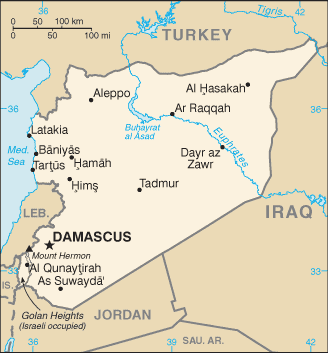While US officials have insisted from the start of the Syrian Civil War that they oppose the idea of federalization within Syria, and don’t want to see any autonomous regions emerge to threaten a strong central government, US policy has been driving the exact opposite goal, particularly as it relates to the Kurds.
 The Kurdish YPG have been the main recipients of US military support in Syria, and throughout the war have used this aid as part of an effort to carve out an ever-growing autonomous region. Initially resisting ISIS expansion into the Hasakeh Province, the YPG eventually decided to expel government forces as well.
The Kurdish YPG have been the main recipients of US military support in Syria, and throughout the war have used this aid as part of an effort to carve out an ever-growing autonomous region. Initially resisting ISIS expansion into the Hasakeh Province, the YPG eventually decided to expel government forces as well.
Now, the YPG and its political wing the PYD have declared the area “autonomous” and come up with an increasingly complicated set of rules for how the region is to interact with a hypothetical future Syrian government that recognizes its autonomy. More importantly though, they are growing.
Initially focused on chasing ISIS out of border regions, the YPG kept moving, chasing ISIS out of decidedly Arab territories which have been subsumed into their autonomous region as well, with the YPG leading the US-backed invasion of the ISIS capital of Raqqa, that territory could expand dramatically.
Where this leaves post-ISIS Syria is anyone’s guess, as is how the Kurdish autonomous government will handle a very large Arab minority (the Iraqi Kurdish government’s example is not a promising one). One thing is for certain, however, the existence of this region will dramatically undercut stated US goals for a “unified” Syria in the post war period, and would pose a headache for a US-backed regime in Damascus, assuming the US ever managed to install one.


